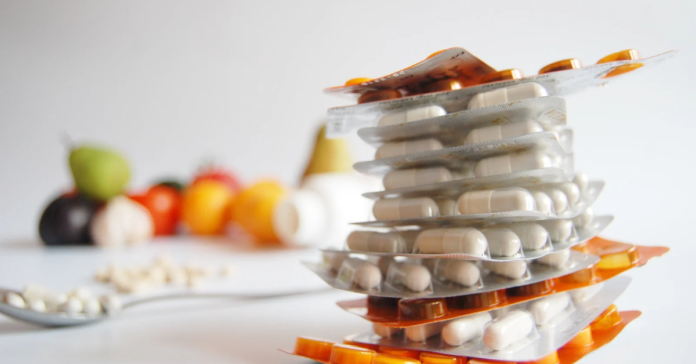Object – To prepare and dispense 10 Paracetamol Tablets.
Reference – Gaud R.S. and Gupta G.D., Practical Pharmaceutics, CBS Publishers & Distributors Pvt. Ltd., 1st Edition 2002, Reprint 2019, Page no. 259.
Requirements –
- Chemicals – Paracetamol, Lactose, Dry starch, Talc, Magnesium stearate, 5% Starch.
- Glassware – Beaker, Mortar and pestle, Sieve No. 20, Hot air oven.
Theory –
Paracetamol has analgesic and antipyretic properties but it has no useful anti-inflammatory properties. Paracetamol is readily absorbed from the gastrointestinal tract. Paracetamol is categorized under BCS classification II. Tablets are solid dosage forms containing one or more drugs with or without excipients, prepared by compression. It provides the greatest dose precision and least content variability. Inert materials employed in addition to active ingredients are collectively called tablet additives. They include
- Diluents: theseare fillers designed to make up the required weight of the tablet. Eg: lactose, inorganic dicalcium salts microcrystalline cellulose, etc.
- Binding agents: are added in dry or in liquid form to obtain cohesive mass for direct compression. E.g., cellulose derivatives, gelatin solution, glucose syrup, tragacanth mucilage etc.
- Disintegrating agents: are added to facilitate breakup of the tablet when in contact with gastrointestinal fluids. E.g., dry starch, starch derivatives, clays, cellulose, cellulose derivatives, alginates
- Adsorbents: included when formulation contains liquids, volatile oils etc.
- Anti-frictional agents: enhance flow properties. E.g., talc, corn starch, silica derivatives etc.
Formula Table:
| S. No. | Ingredients | For 1 Tablet (in mg) | For 10 Tablet (in mg) |
| 1. | Paracetamol | 125 mg | 1.25 gm |
| 2. | Lactose | 375 mg | 3.75 gm |
| 3. | Dry Starch | 48 mg | 0.48 gm |
| 4. | Talc | 40 mg | 0.40 gm |
| 5. | Magnesium stearate | 12 mg | 0.12 gm |
| 6. | 5% Starch | QS | QS |
Procedure
- The most widely used and most general method of tablet preparation is the wet granulation method.
- The active ingredient, diluent and disintegrants are mixed or blended well.
- Solutions of the binding agent are added to the mixed powder with stirring.
- The powder mass is wetted with the binding solution until the mass has the consistency of damp snow.
- The wet mass is forced through a 6 or 8 mesh (mesh no. Is the number of wires passing through an inch) screen or several mills can be used
- Moist materials from wet milling steps are placed on large trays and in drying chambers with a circulating air current and thermostable heat controller.
- After drying, the granulation is reduced in particle size by passing a smaller mesh screen.
- After drying granulation, the lubricant or glidants is added as a fine powder to promote the flow of granules. These granules then compressed to get tablet.
Category: Analgesic, Antipyretic, and Anti-inflammatory
Storage: Store in a well-closed container.
Use: Analgesic, Antipyretic and Anti-inflammatory
Result: 10 Paracetamol tablet had been prepared and dispensed.



